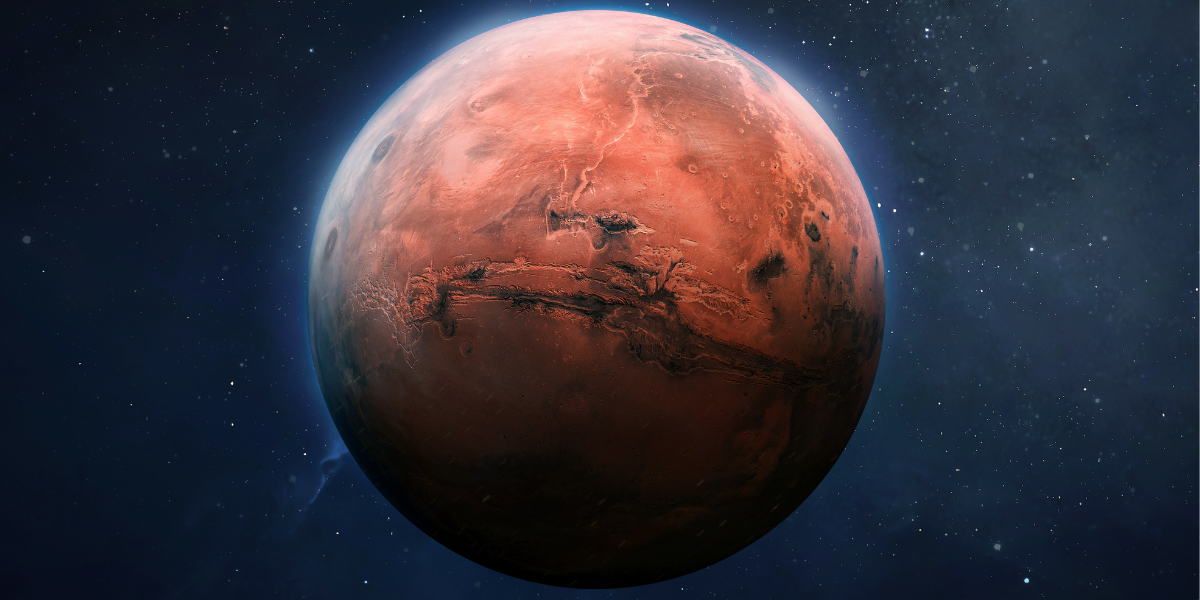
From rovers to telescopes, space discoveries happen right before our eyes! Now, with NASA’s Artemis I mission, we start to explore space deeper than ever before. As NASA plans for Mars, many ask: Can humans live on Mars?
Have you ever wondered why we can’t live on Mars yet? The answer might surprise you – it could be possible! Many scientists think of Mars and Earth as twins because they share similarities. But they aren’t exactly the same.
You might also wonder what problems humans would face living on Mars. Before we could call Mars home, we’d need to solve several issues. We must think about the differences between Earth and Mars, how long a Mars day lasts, what we need to survive, and more.
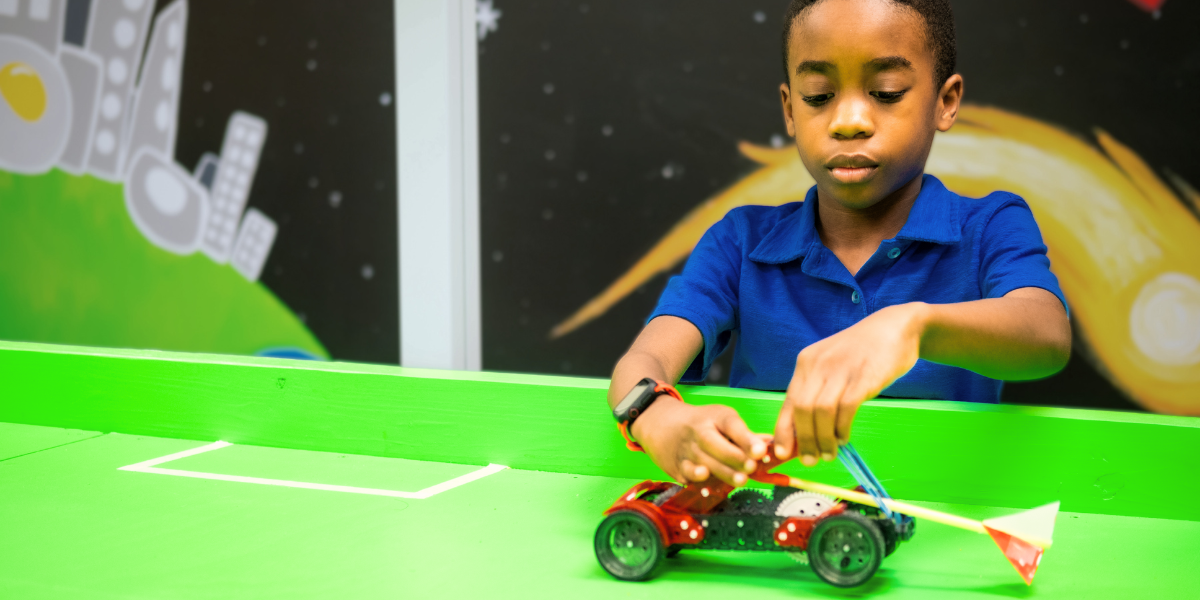 ® space exploration workshop, developing problem-solving skills while learning about Mars rover technology.” width=”1200″ height=”600″ />
® space exploration workshop, developing problem-solving skills while learning about Mars rover technology.” width=”1200″ height=”600″ />
Earth vs. Mars: What’s Different?
Earth and Mars both circle the sun and tilt on their axes similarly. However, these planets have key differences:
Air
The air we breathe on Earth is perfect for humans. It contains about 78% nitrogen and 21% oxygen, with small amounts of other gases. This mix keeps us alive. Mars air is very different – it’s 95% carbon dioxide, which is poisonous to humans. Mars air is also much thinner than Earth’s, about 100 times less dense. If you stood on Mars without a space suit, you couldn’t breathe, and your blood would boil because the air pressure is so low.
Ice
On Earth, when water freezes, we get ice – the same stuff in your freezer or on frozen lakes. Mars has ice too, but it’s a bit different. The ice caps at Mars’ north and south poles contain both water ice (like Earth’s) and dry ice, which is frozen carbon dioxide. During Mars winter, more dry ice forms, making the caps grow larger. When summer comes, some of this dry ice turns directly from solid to gas – it doesn’t melt into liquid first. Scientists think the water ice on Mars could someday help humans who live there.
Ground
Look down at Earth, and you’ll mostly see blue oceans – 70% of our planet is covered in water. The rest is land with soil good for growing plants, mountains, deserts, and forests. Mars looks very different. Its entire surface is dry land covered in reddish-orange rocks, boulders, and fine dust. This red color comes from iron in the rocks that has rusted (like a rusty nail). Mars also has the largest volcano in our solar system (Olympus Mons) and a canyon system (Valles Marineris) that would stretch across the United States.
Moons
Earth has one moon that we see in our night sky. It’s large compared to Earth – about 1/4 of Earth’s size. Mars has two moons, but they’re tiny and oddly shaped, more like potatoes than balls. Phobos is the larger one at only 14 miles across, and Deimos is even smaller at 8 miles across. They’re so small that scientists think they might be asteroids that Mars’ gravity captured. Phobos orbits so close to Mars that it circles the planet three times each day, and someday it will likely crash into Mars or break apart.
Weather
Earth has some places with big temperature changes between seasons. But Mars takes this to the extreme.
The average temperature on Mars is about -80°F. Winter temperatures near the poles can drop to -195°F, while summer temperatures near the equator can reach up to 70°F.
Year Length
Mars takes longer to go around the sun than Earth does. But a day on Mars lasts about the same time as on Earth – this is good news for scientists! How long is a Mars day exactly? We’ll explain below.
Kids who want to learn more about the Red Planet and how humans might live there can join Engineering For Kids®‘ Mission to Mars program. This program helps children explore Mars while learning STEM concepts.
 ® classroom environment.” width=”1200″ height=”600″ />
® classroom environment.” width=”1200″ height=”600″ />
How Long Is a Day on Mars?
Scientists like the idea that Mars tilts like Earth and circles the sun. But its orbit takes longer. So exactly how long is a day on Mars?
Since Mars is farther from the sun, it takes 687 Earth days to complete one orbit. That’s much longer than Earth’s 365 days! Even with this difference, a Mars day is close to Earth’s. One full rotation takes 24 hours and 37 minutes – just 40 minutes longer than Earth.
Mars also has seasons like Earth. But the temperatures swing much more because of the thin air and distance from the sun.
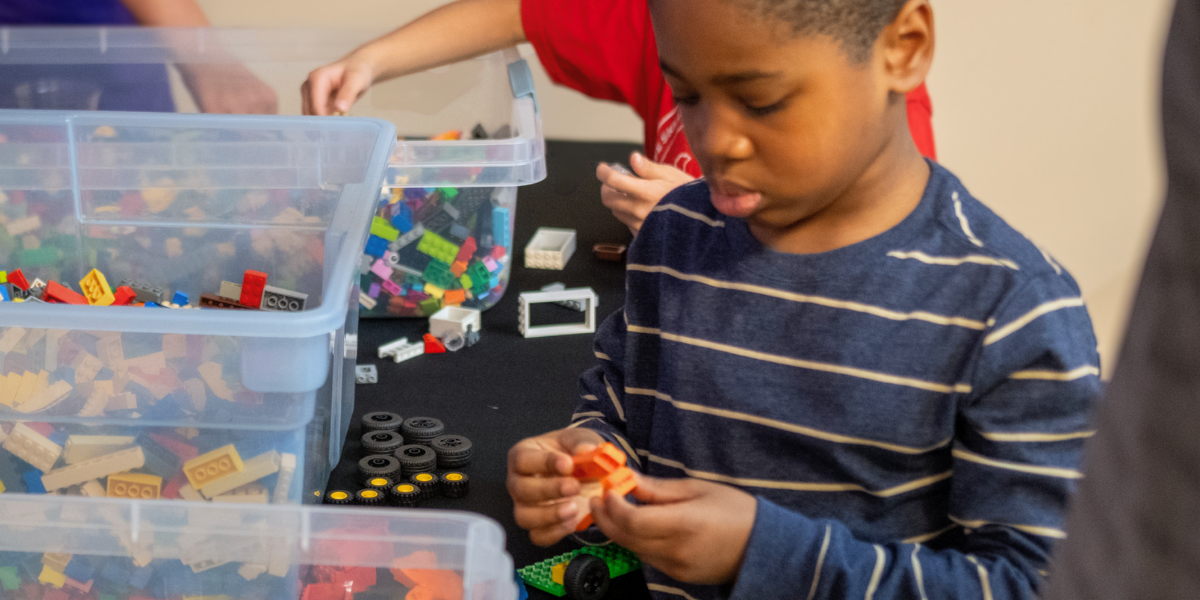 ® workshop, developing fine motor skills and engineering concepts through creative building challenges.” width=”1200″ height=”600″ />
® workshop, developing fine motor skills and engineering concepts through creative building challenges.” width=”1200″ height=”600″ />
Problems With Living on Mars
Humans need four main things to survive: water, shelter, food, and oxygen. These are all challenges we must solve before people can live on Mars.
Water on Mars
Scientists have found water on Mars, but not like on Earth. There’s some water on and below the surface, but the extreme cold turns it all to ice. And Mars ice isn’t pure water – it mixes with carbon dioxide ice.
Water also exists inside rocks, but the lack of liquid water would make life hard for Mars settlers. Scientists keep studying Mars to find better water sources.
Homes on Mars
Building places to live on Mars is tough. Shipping building materials from Earth would cost too much money. Scientists think we might use materials found on Mars instead.
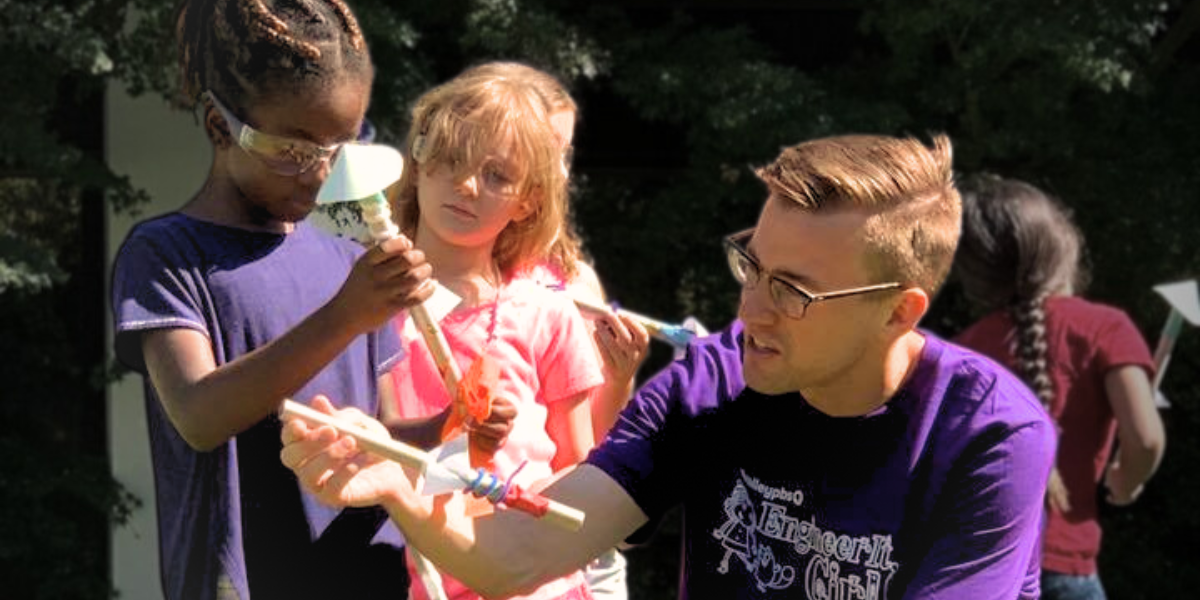 ® instructor guiding students through a hands-on design challenge, demonstrating the practical application of STEM concepts in an interactive outdoor learning environment.” width=”1200″ height=”600″ />
® instructor guiding students through a hands-on design challenge, demonstrating the practical application of STEM concepts in an interactive outdoor learning environment.” width=”1200″ height=”600″ />
Homes on Mars would need to protect against radiation, temperature swings, lack of oxygen, and other Mars conditions. New places need new types of buildings. People might live in ice igloos or underground. Many designers have created above-ground homes that could work on Mars.
Food on Mars
Growing food on Mars won’t look like farms on Earth. Crops would need to grow without soil, using methods like tank farming or water farming. Plants would grow in water with nutrients and under special lights.
Some scientists have talked about making Mars’ air better for growing plants by adding gases to make it thicker. But that’s a huge project. More likely, humans on Mars would use water farming methods.
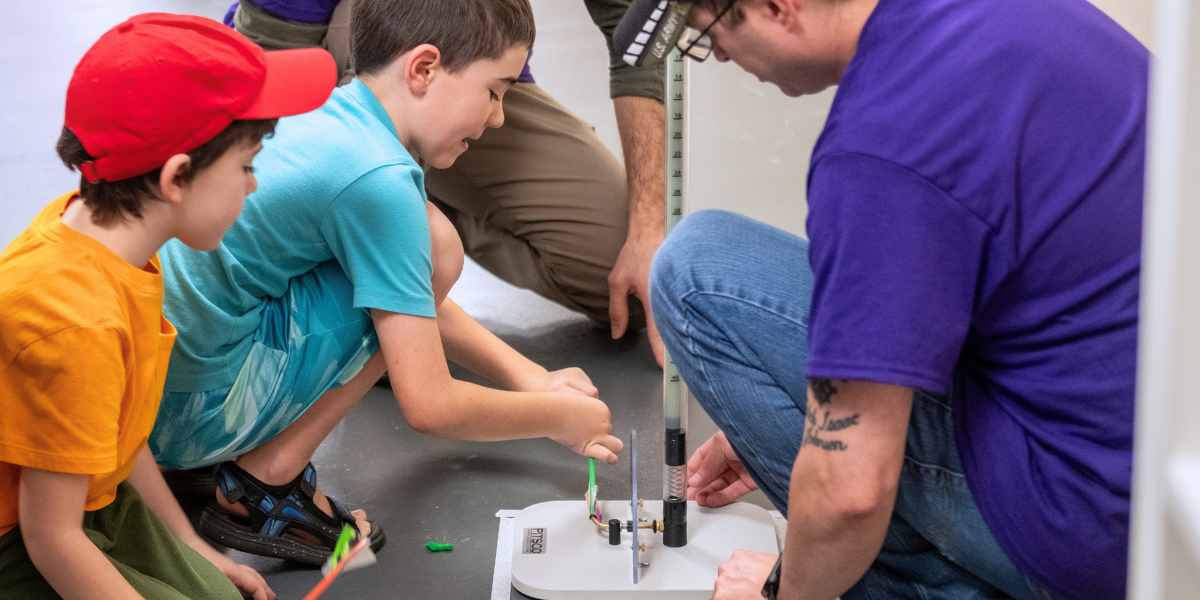 ® programs.” width=”1200″ height=”600″ />
® programs.” width=”1200″ height=”600″ />
Air on Mars
Humans need oxygen to breathe. Earth has plenty in our air. One of the biggest problems for living on Mars is the lack of oxygen. Mars’ air is much thinner than Earth’s.
On Earth, 21% of our air is oxygen, making it perfect for human life. But on Mars, only about 0.16% of the air is oxygen. Most of it is carbon dioxide, which harms humans.
NASA has been testing MOXIE, a machine that turns carbon dioxide into oxygen on Mars. So far, this tool on the Mars Perseverance rover has successfully made oxygen from carbon dioxide. This opens the door for bigger tests and possible ways to create air on Mars.
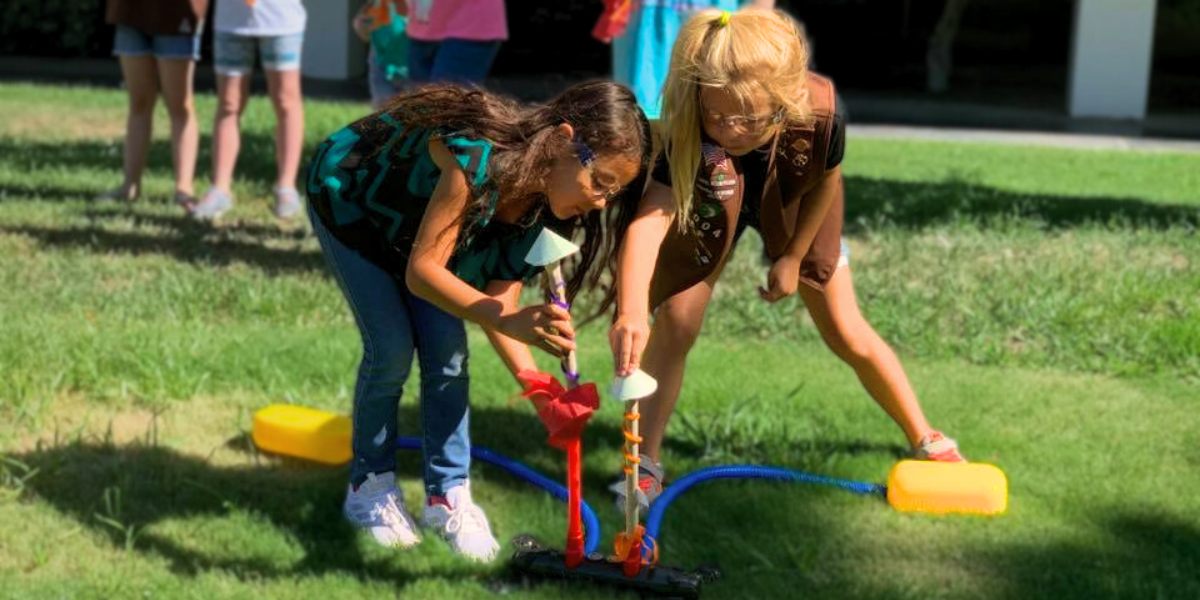 ® outdoor activity, learning engineering principles through practical space science applications.” width=”1200″ height=”600″ />
® outdoor activity, learning engineering principles through practical space science applications.” width=”1200″ height=”600″ />
Other Challenges of Mars Living
Besides basic survival needs, people would face other issues living on Mars. For example, nights get extremely cold, below -100°F.
Mars also has dust storms, high radiation levels, and less gravity than Earth. Before we can call the Red Planet home, we’ll need to fix these problems.
At Engineering For Kids®, we enjoy a good challenge. We use the Engineering Design Process to plan and test ideas. Big questions like “Can humans live on Mars?” are exactly what we ask the next generation to help answer.
Find Engineering For Kids® locations near you! Help your child start an exciting STEM education experience.




